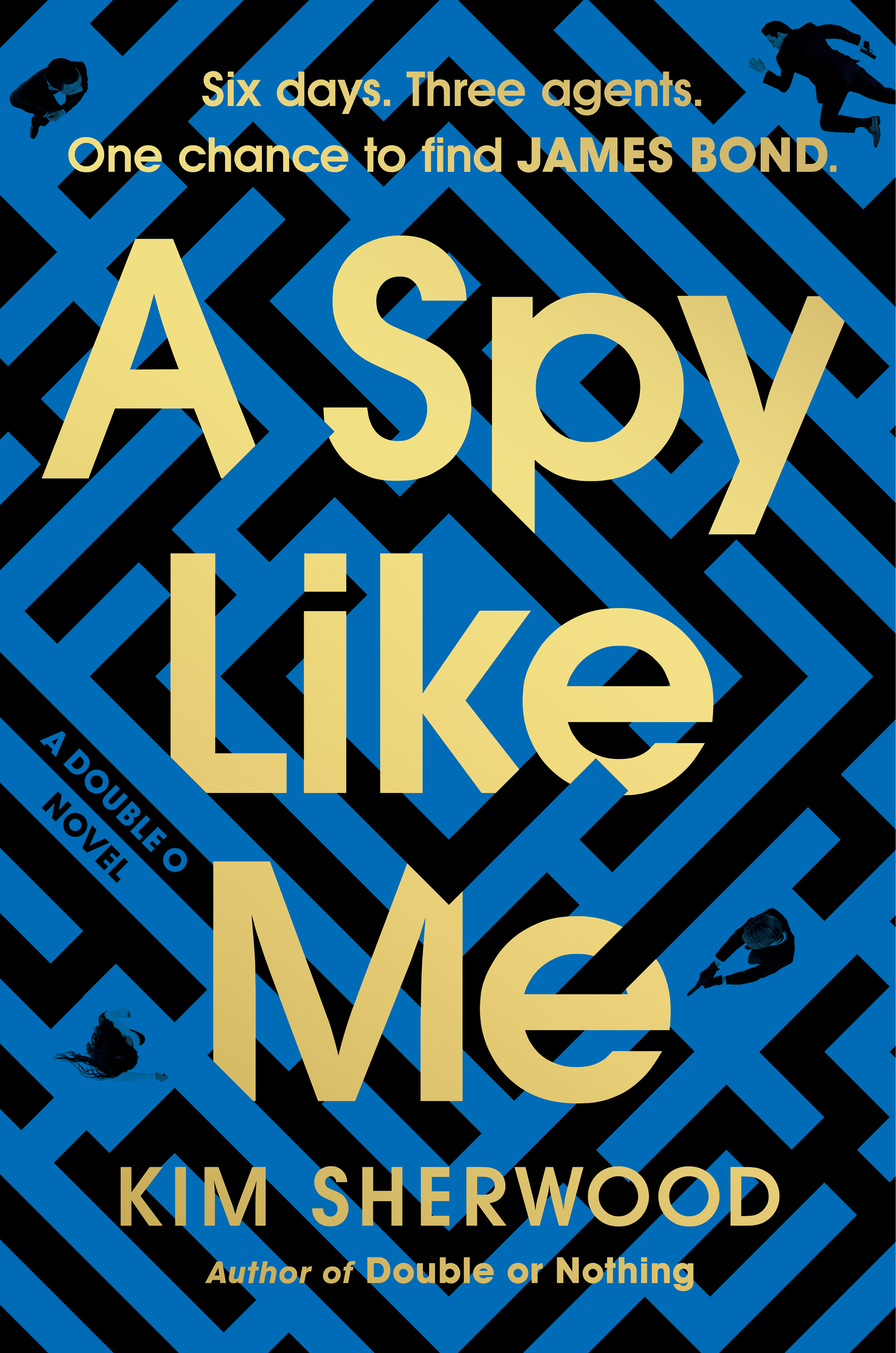To listen to an audio version of this post, CLICK HERE.
This probably doesn’t need to be said, but apparently, it does….continuation in the 007 continuation novels DOESN’T EXIST.
Let’s take a look.
Colonel Sun (1968, by Kingley Amis, writing as Robert Markham): This novel by an Ian Fleming admirer, seeks to be tied closely to Fleming’s originals.
The Fleming heirs (at least then) wanted to keep the Bond novels going. The Robert Markham pen name was intended for future Bond literary stories.
But this initial effort didn’t get beyond Colonel Sun. Anne Fleming, the author’s widow, wasn’t that interested.
Licensed Renewed-Cold: John Gardner was commissioned by Fleming’s heirs to restart the Bond literary series. His novels were published starting in 1981 through the mid-1990s. The books were “timeshifted” from Fleming’s originals with references to the creator’s works. Gardner’s books included novelizations for the Licence to Kill and Goldeneye films made by Eon Productions.
Zero Minus Ten-The Man With the Red Tatoo: Raymond Benson, who penned the James Bond Bedside Companion, was hired to take over from Gardner. In addition to the novels cited here, Benson wrote short stories that first appeared in Playboy and TV Guide. Like Gardner, Benson’s stories were timeshifted. Benson also did novelizations based on Eon movies.
Sebastian Faulks (2008): Years after Benson’s exit, the Fleming heirs hired celebrated author Faulks to do a Bond novel for the 100th anniversary of Ian Fleming’s birth. Supposedly, Faulks was “writing as Ian Fleming.”
Jeffery Deaver (2011): The American author was hired by the Fleming heirs to write Carte Blanche. It was intended as the start of a new timeshifted series. But nothing happened after publication.
William Boyd (2013): The Fleming estate hired another established novelist to do a period piece, set in 1969. Amusingly, the title came from a TV project Ian Fleming was involved with that would be retitled The Man From U.N.C.L.E. None of the publicity mentioned this. Perhaps the heirs didn’t appreciate that Fleming sold his U.N.C.L.E. rights for 1 British pound.
Anthony Horowitz (2015-2022): The Fleming estate hired Horowitz for what would be a trilogy set in the Ian Feming timeline. The first book, Trigger Mortis takes place after the events of Fleming’s Goldfinger novel. Forever and a Day takes place before Casino Royale. Horwitz’s final Bond effort, With a Mind to a Kill, occurs after The Man with the Golden Gun novel.
Since then, Kim Sherwood and Charlie Higson have done timeshifted novels. There is no way to tie all of this to a continuity.
If any fan thinks they’re being clever pointing out discrepancies, forget it. It’s like pointing out time differences in comic books and comic strips. It’s fiction. Ian Fleming himself changed Bond’s timeline while doing his novels and short stories. The likes of Superman, Batman, the Fantastic Four, Hulk, Spider-Man, etc., etc. don’t hold up to a firm timeline.
It’s fiction. That’s how it works.
Filed under: James Bond Books | Tagged: Anthony Horowitz, Charlie Higson, Jeffery Deaver, Kim Sherwood, Kingsley Amis, Raymond Benson, Sebastian Faulks, Solo by William Boyd, The Man From U.N.C.L.E., William Boyd | 1 Comment »





